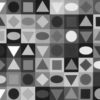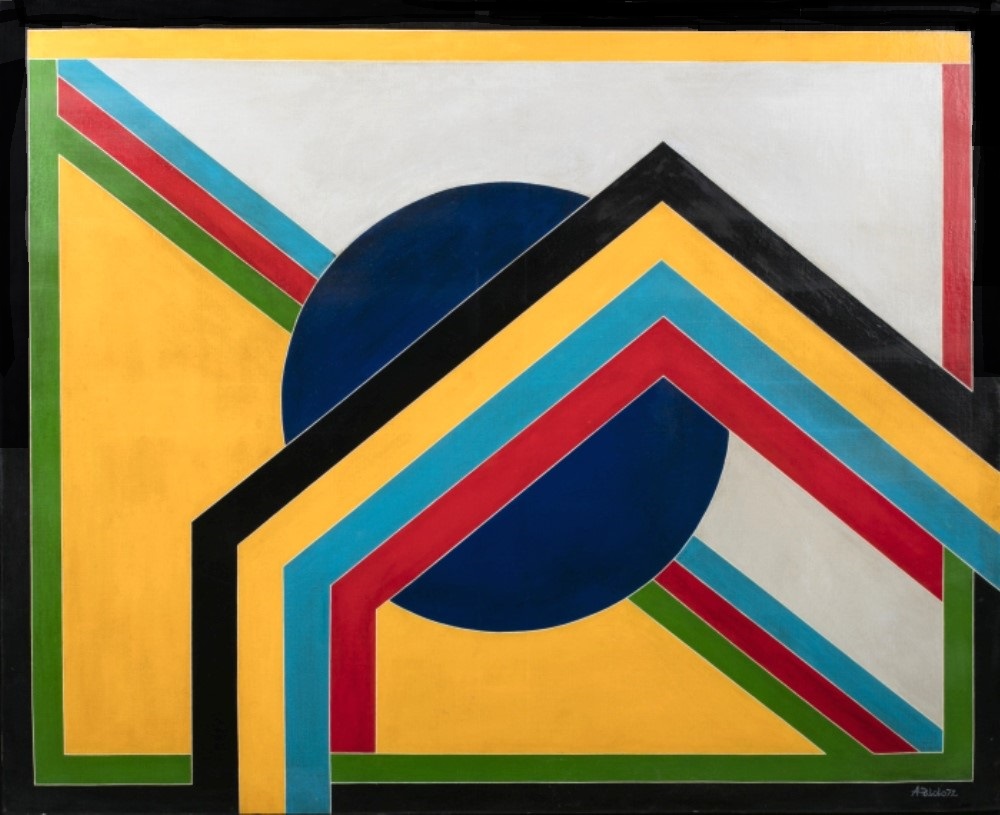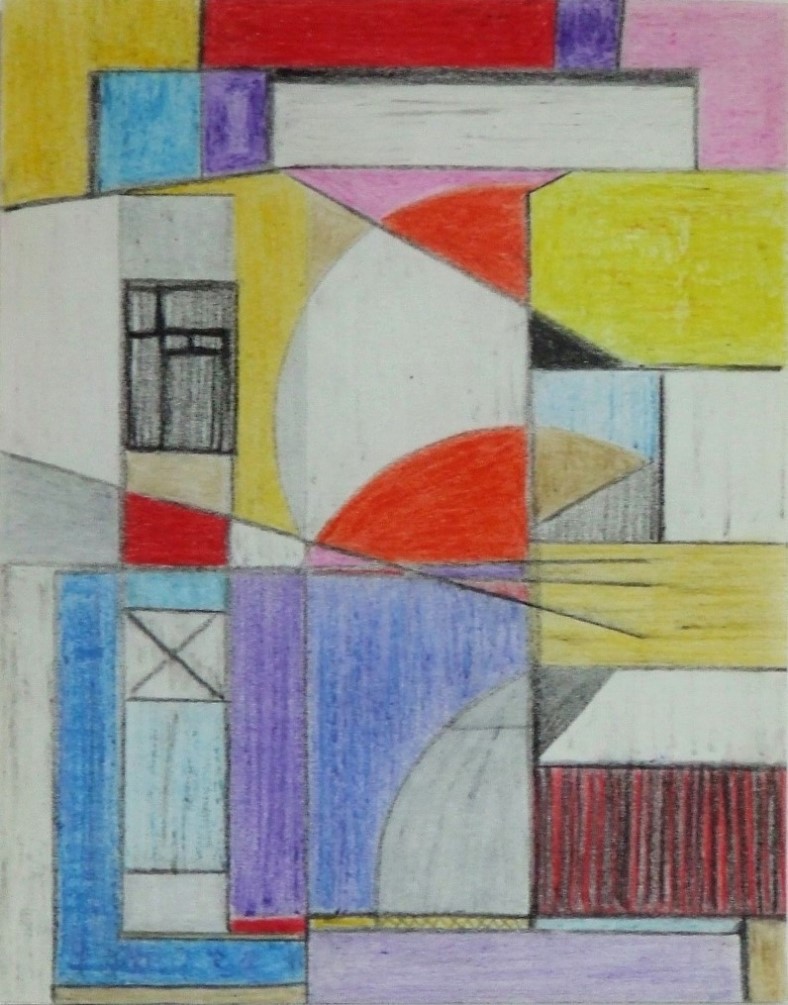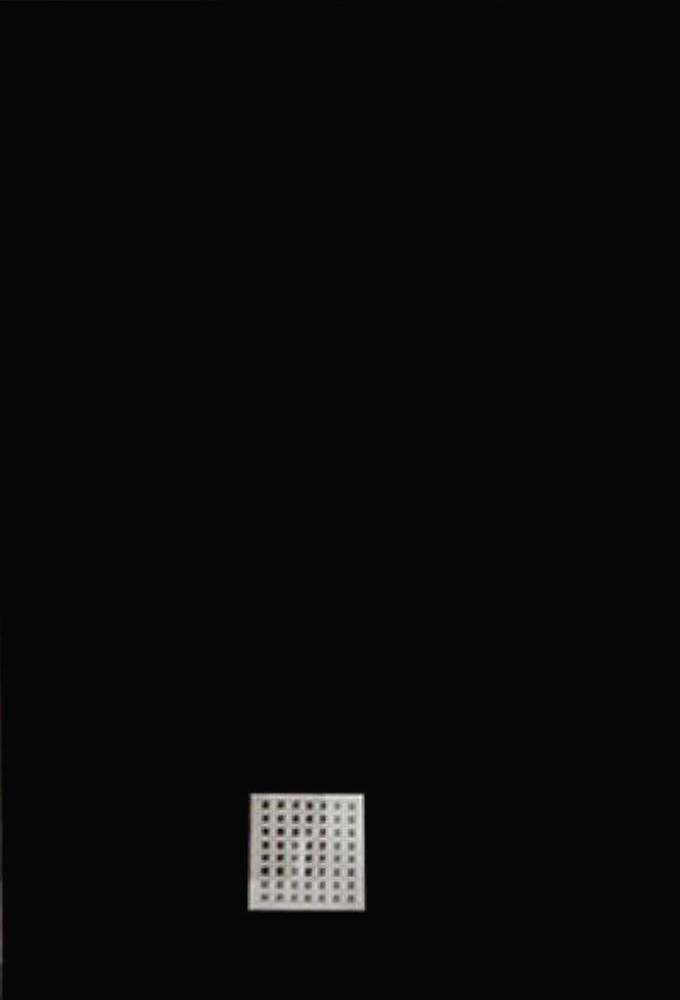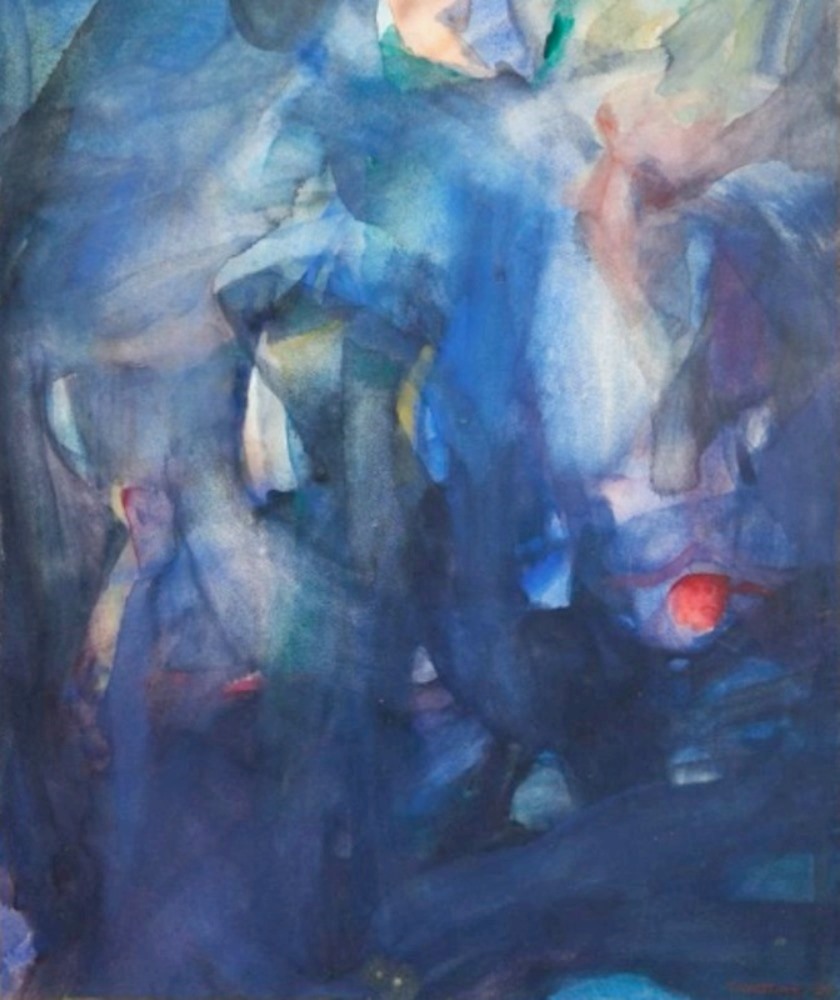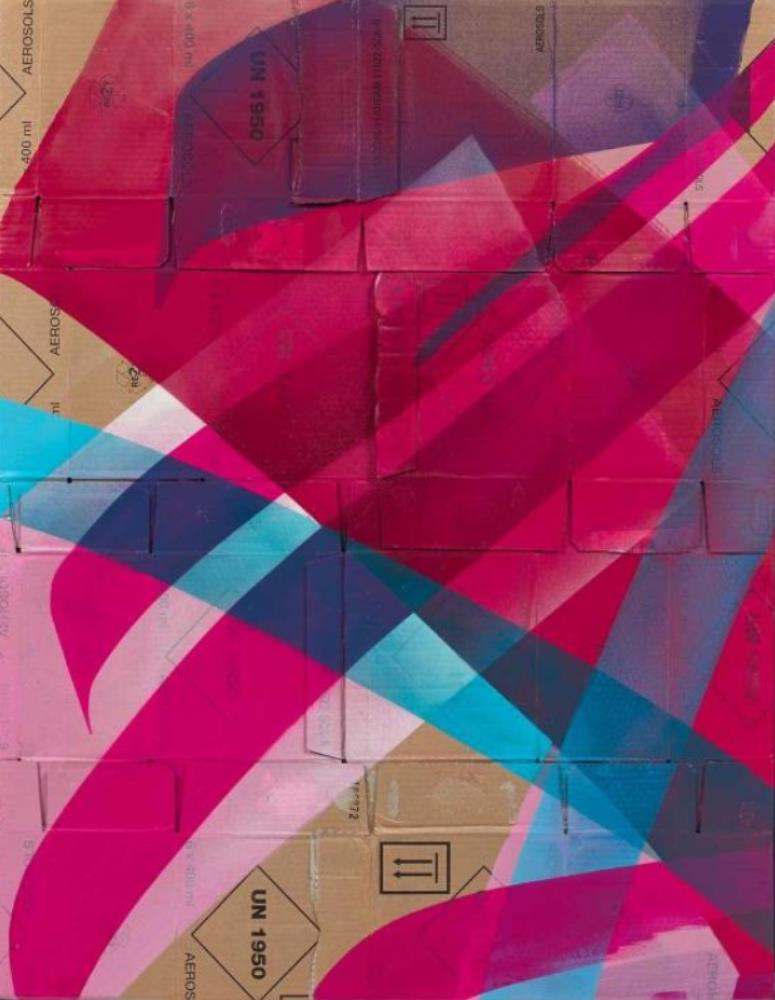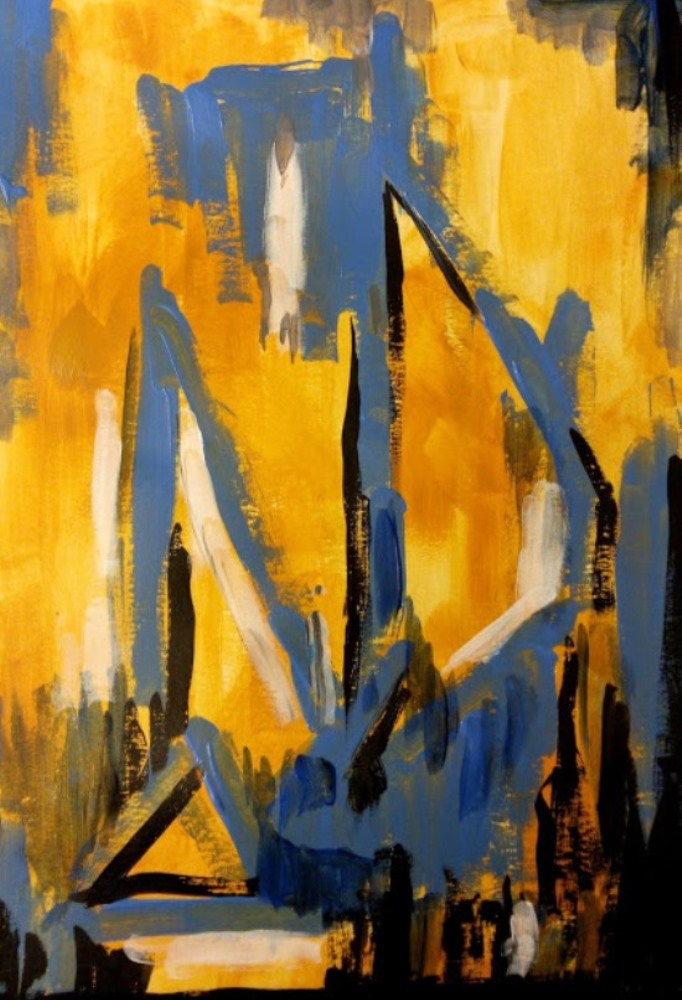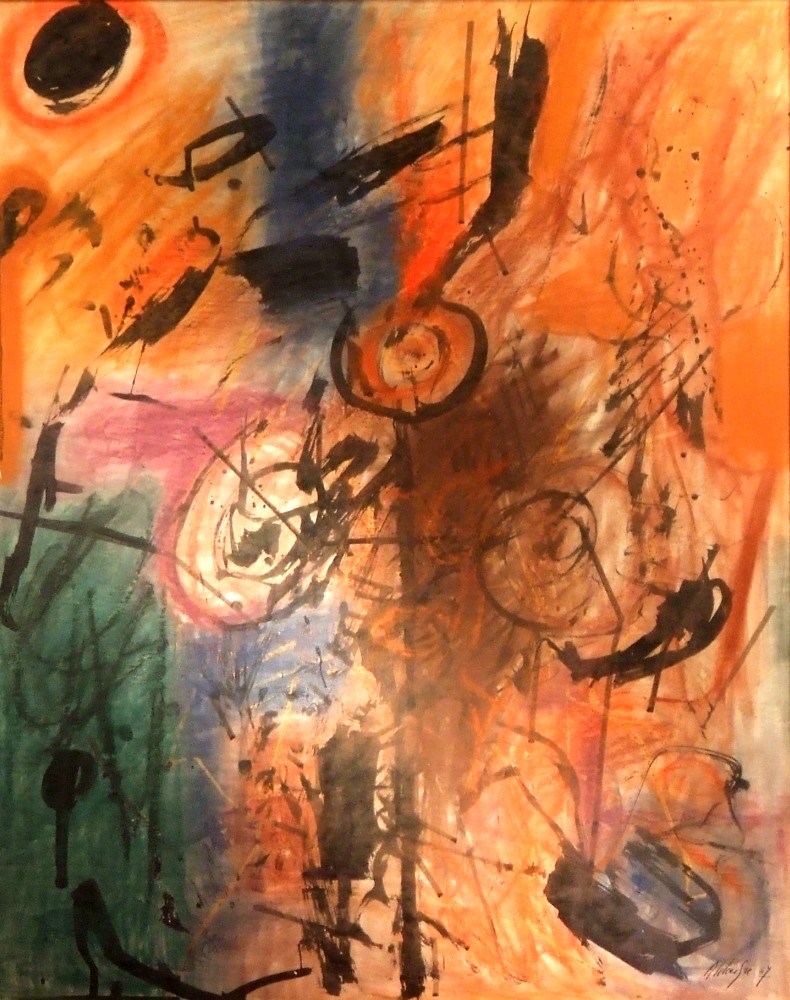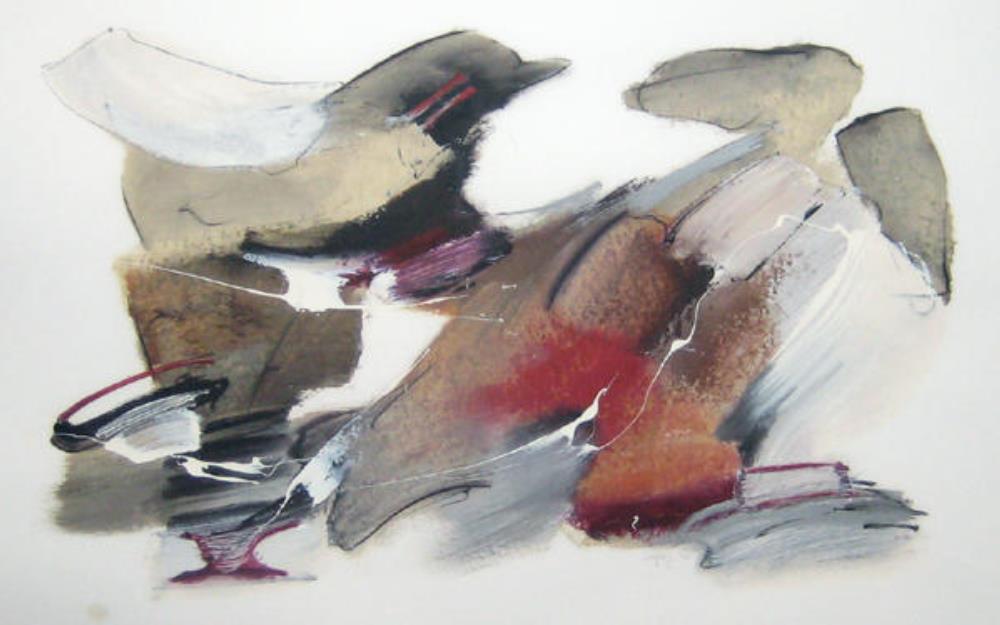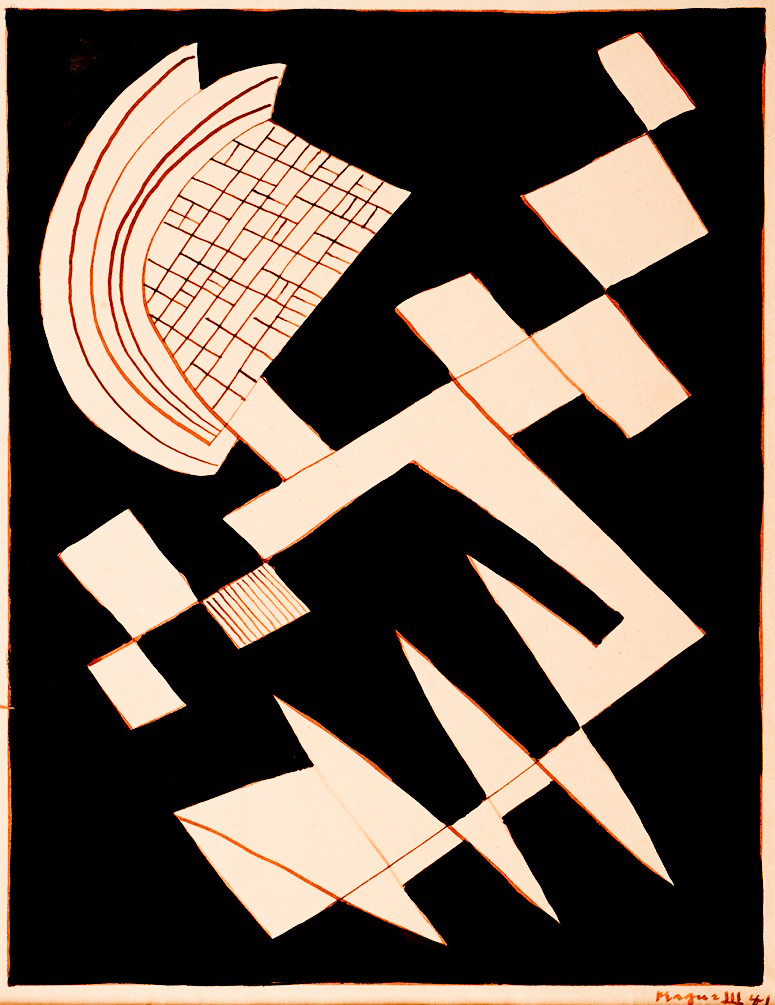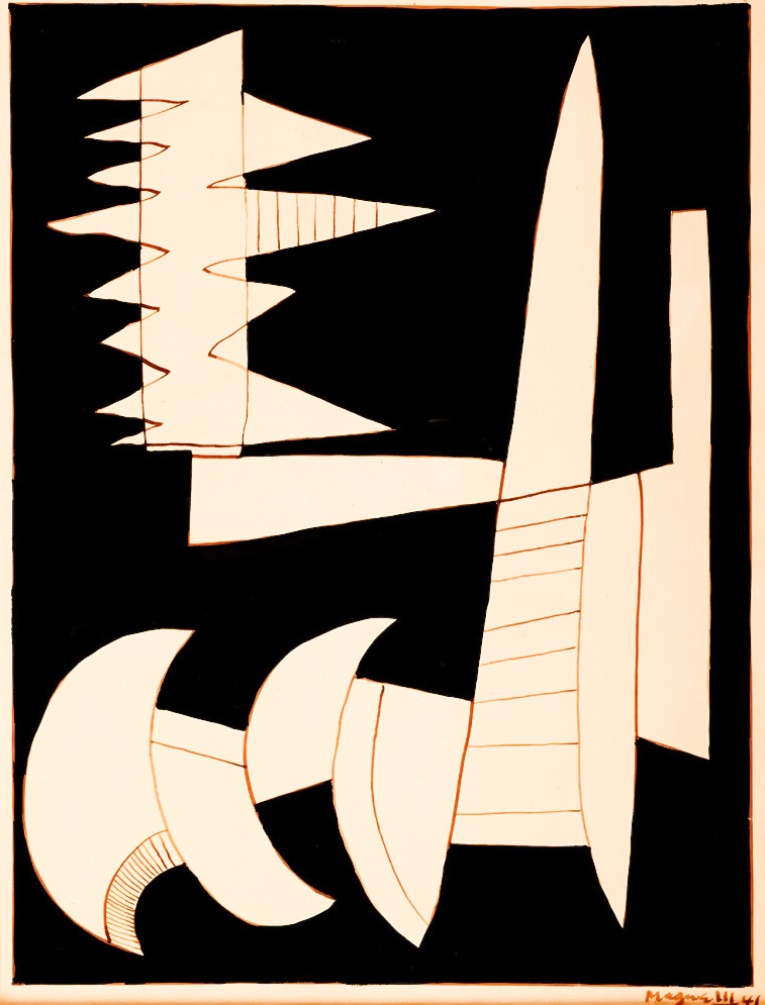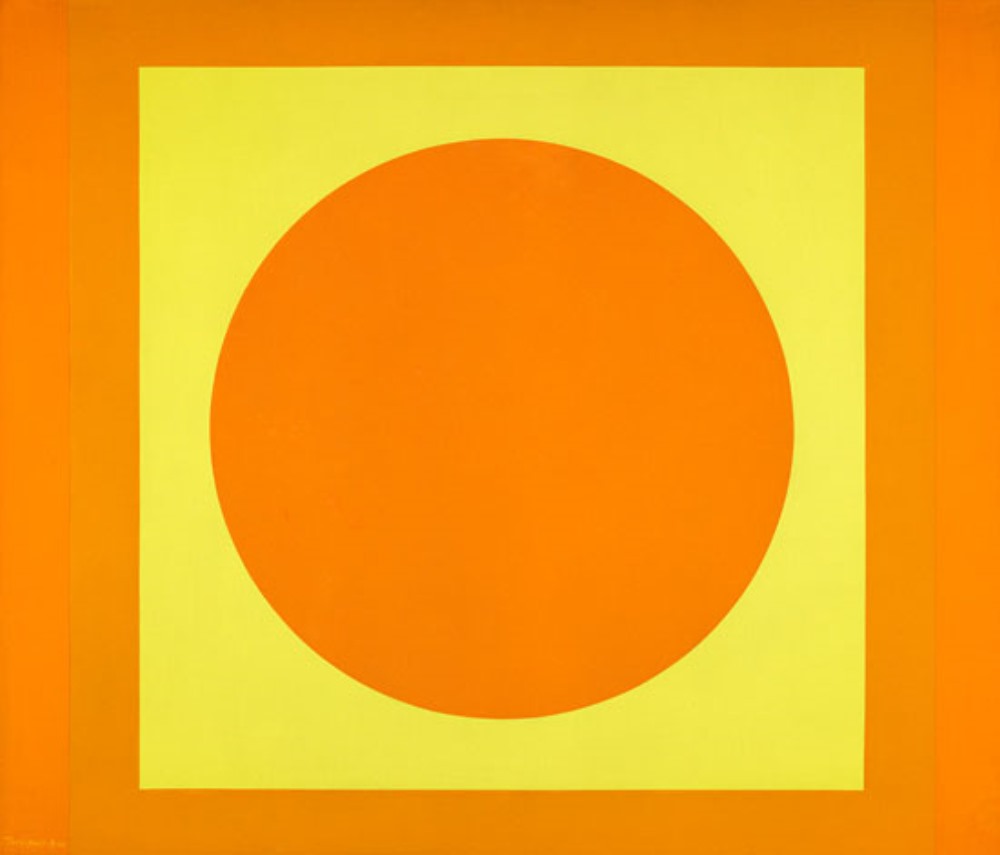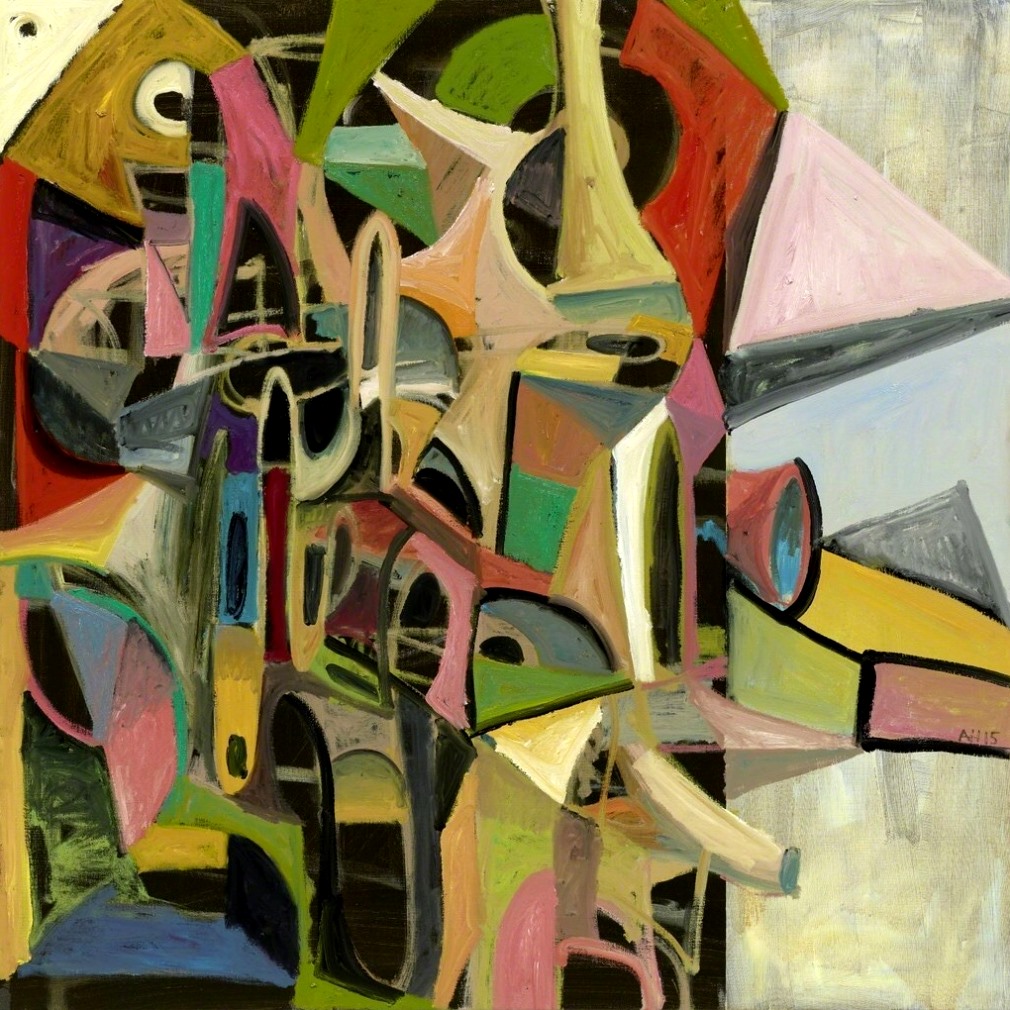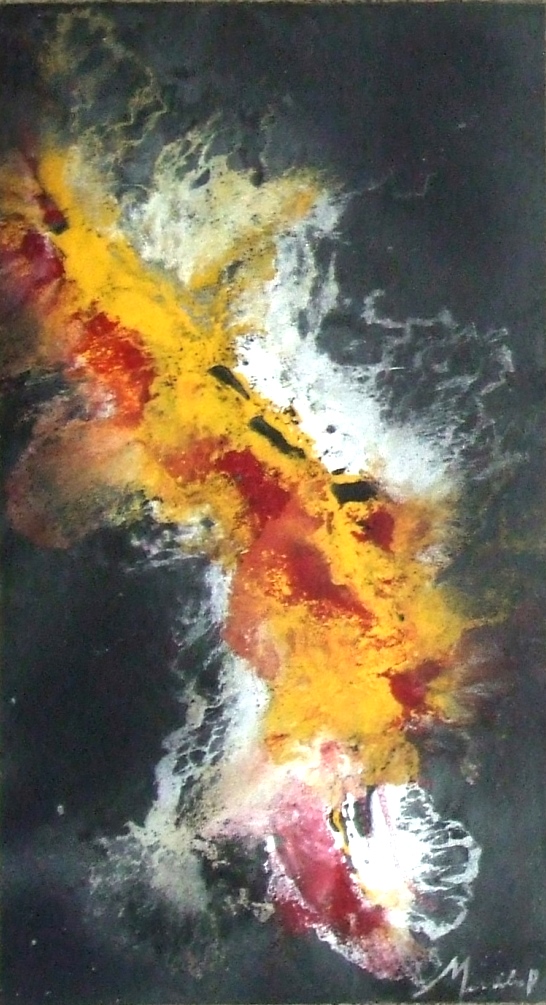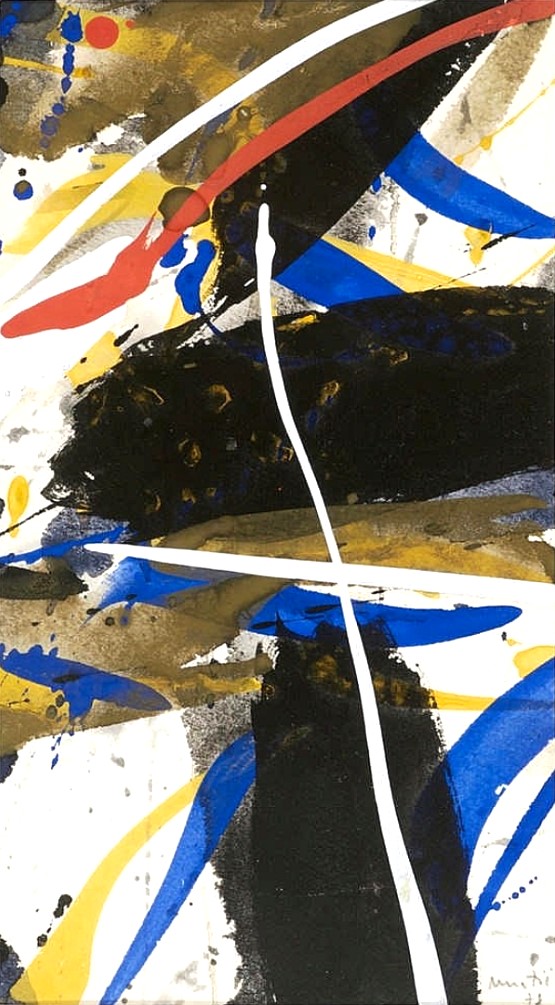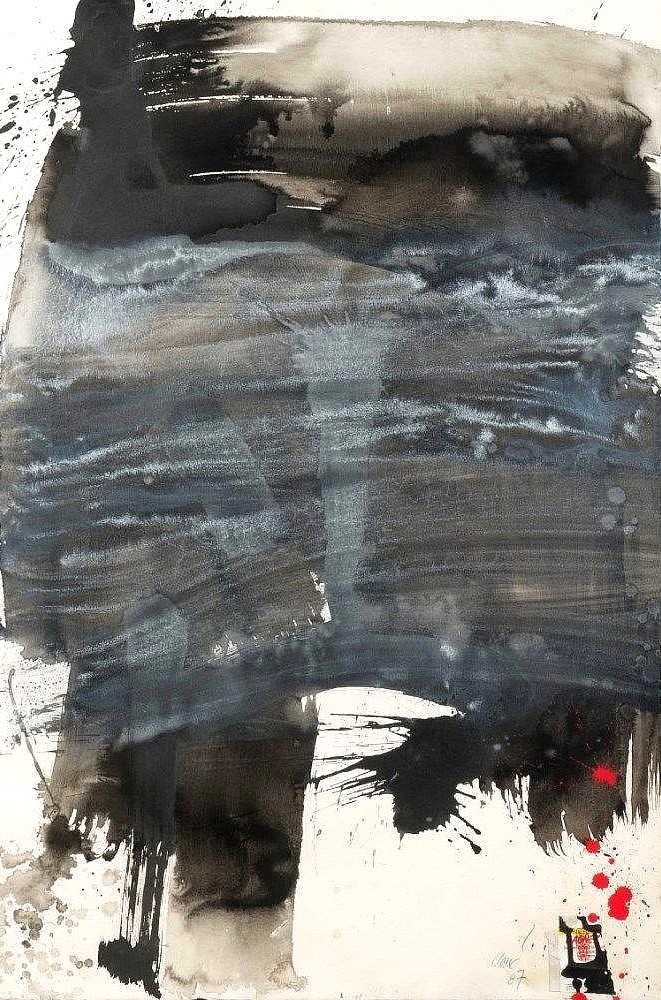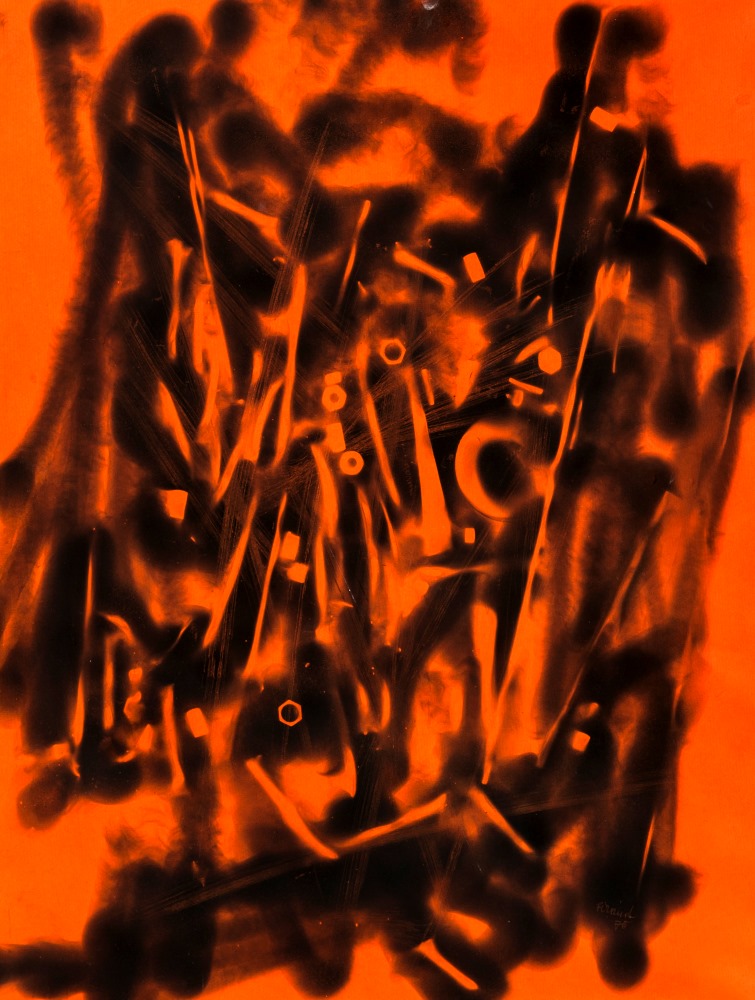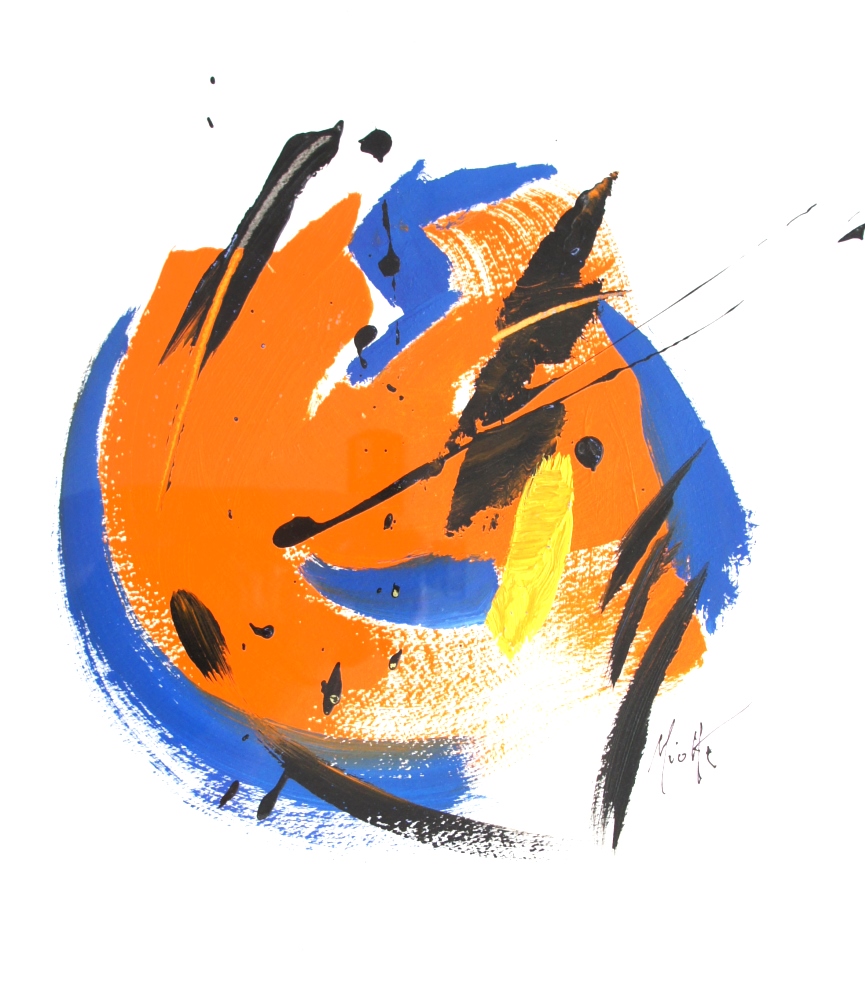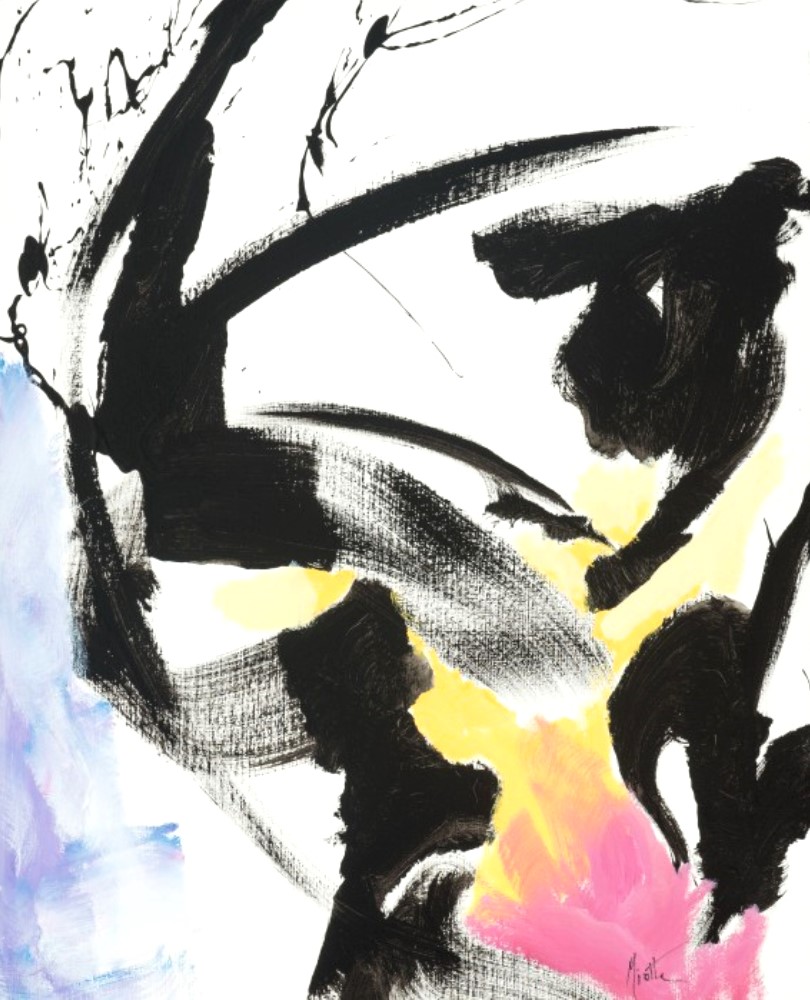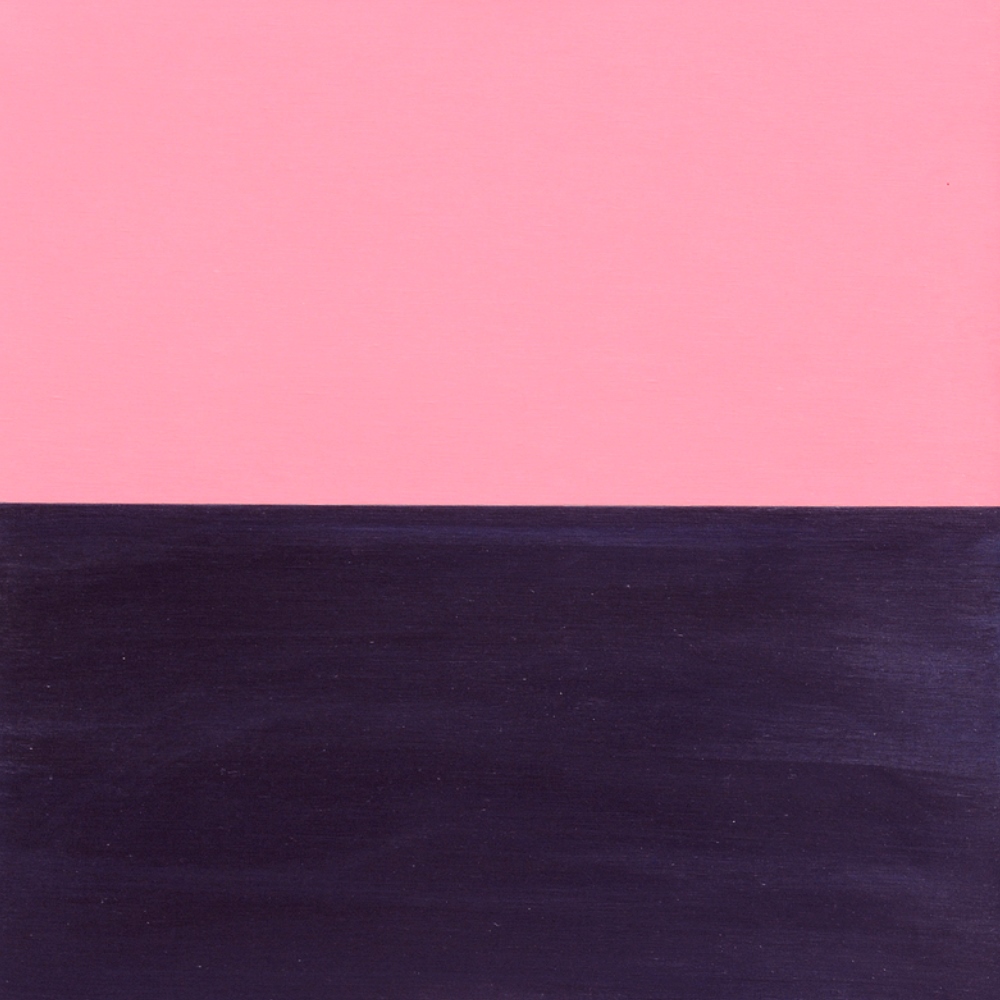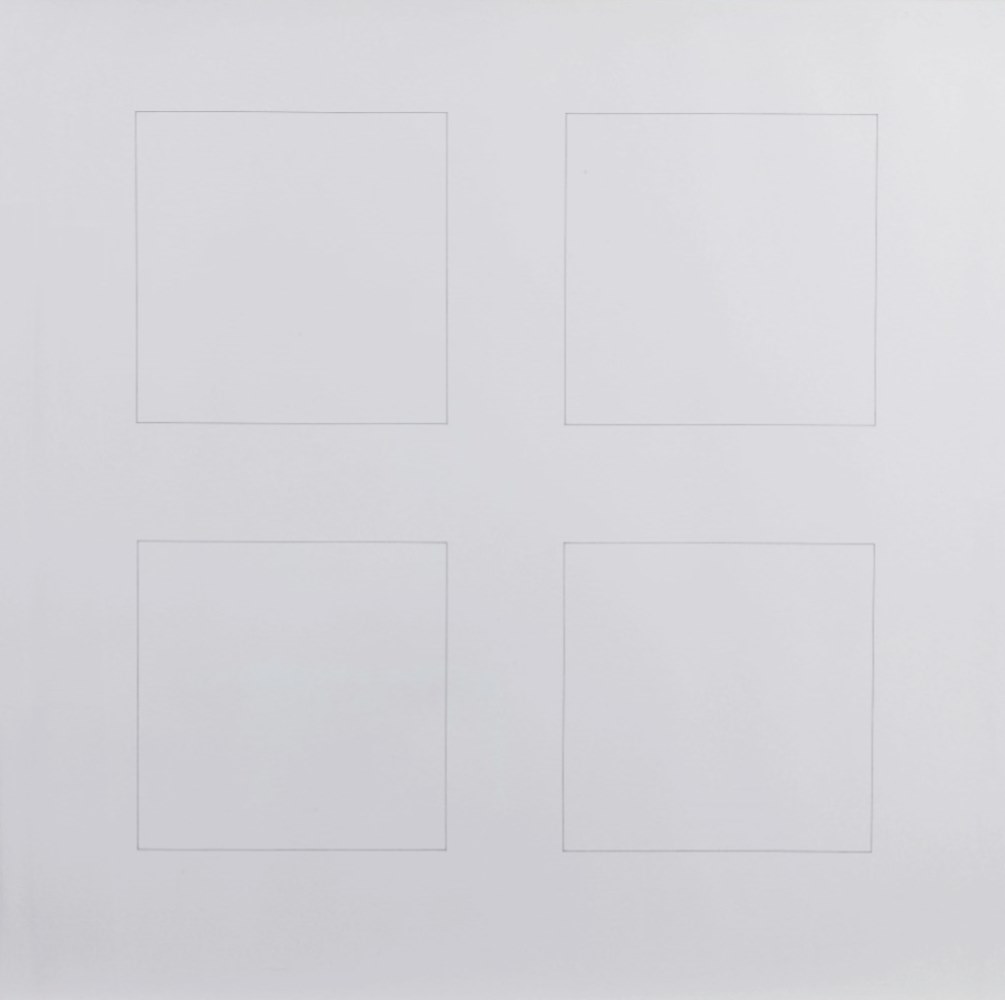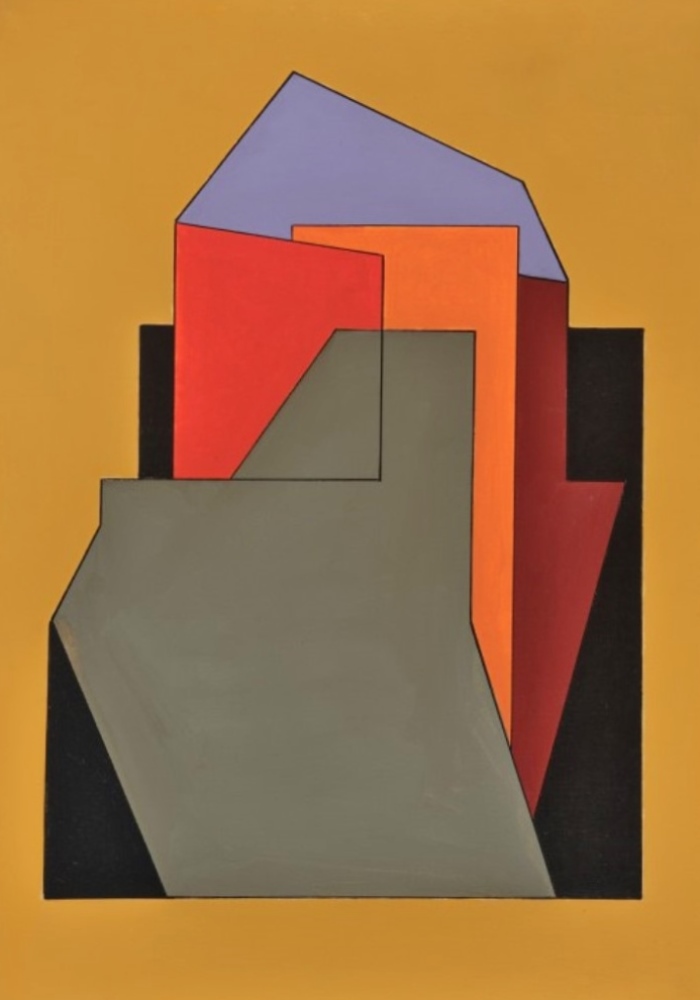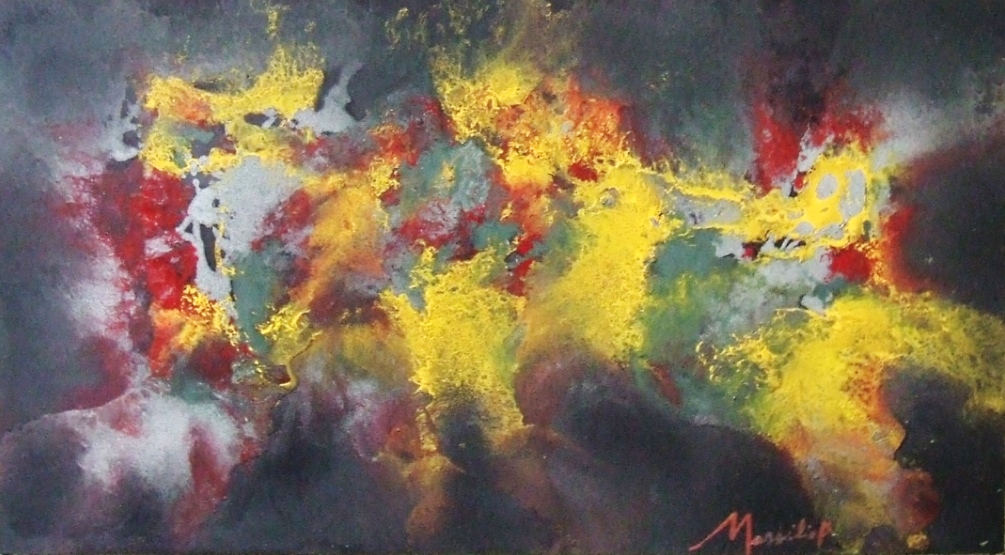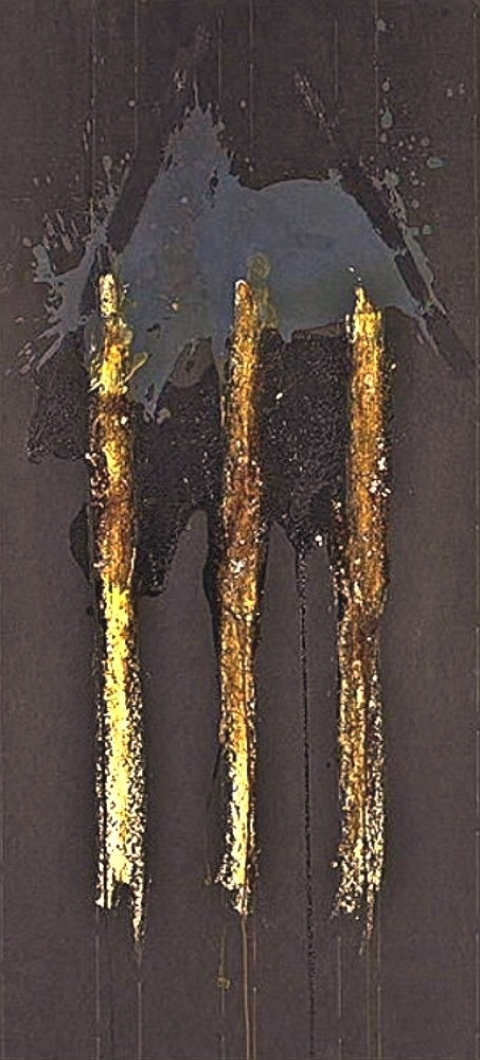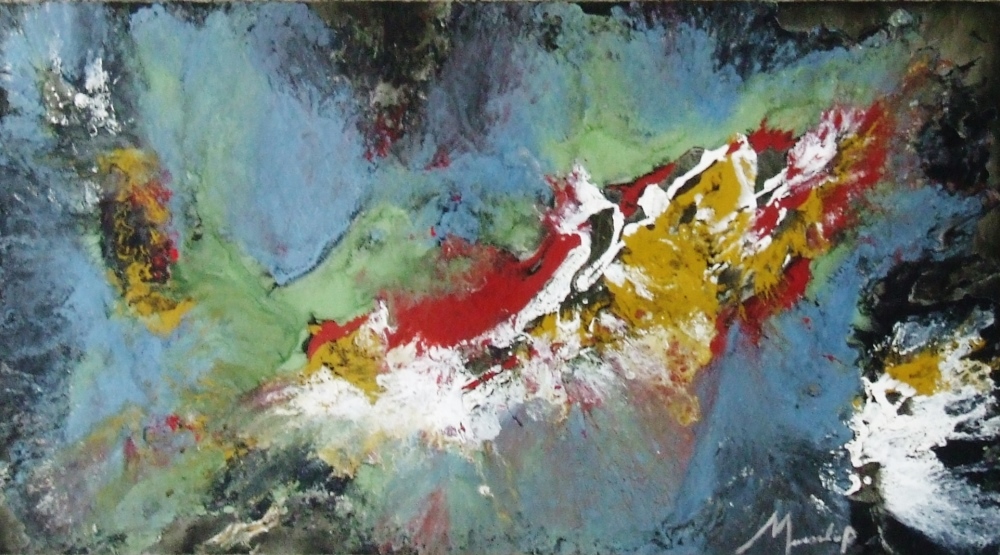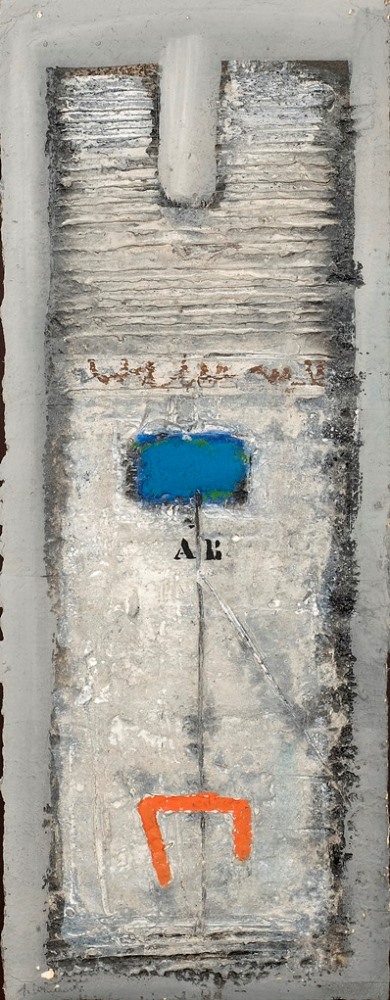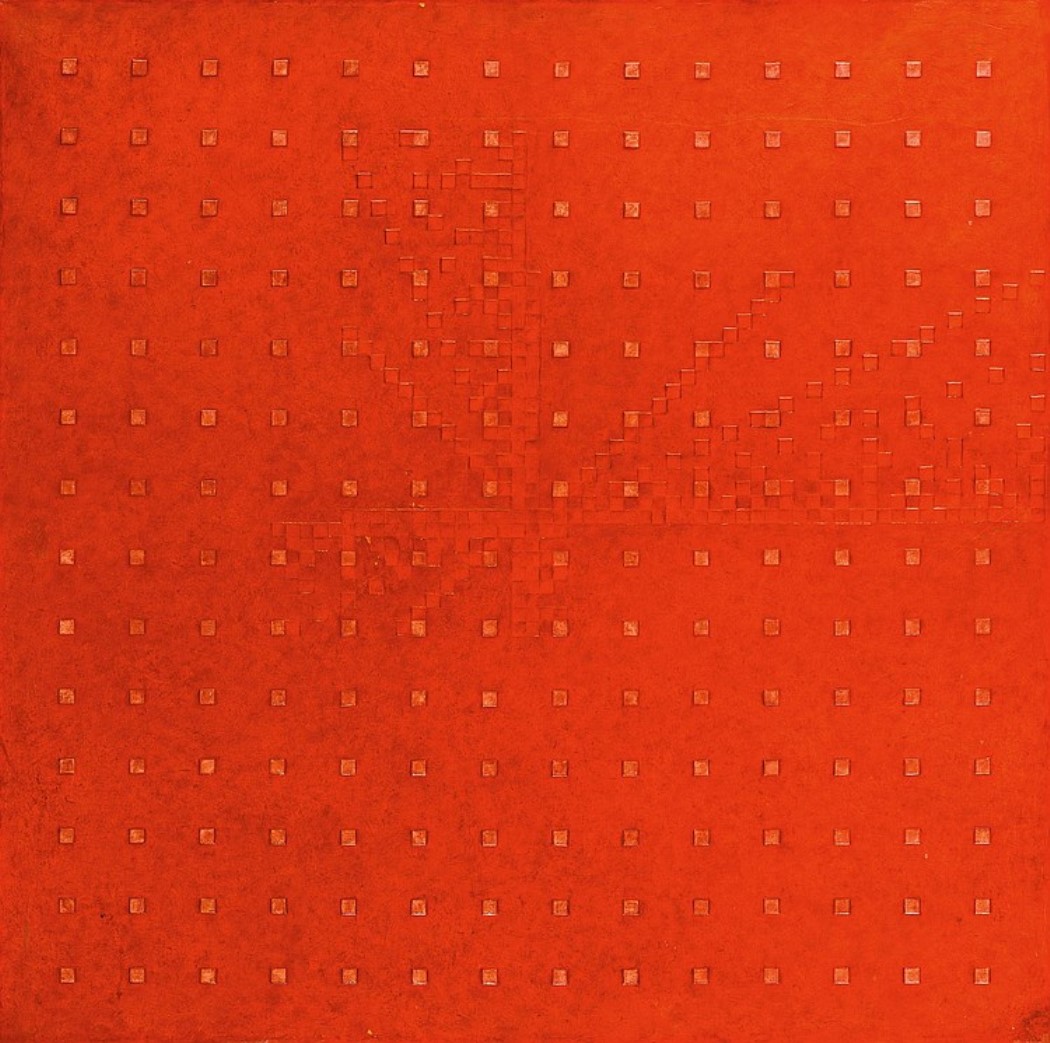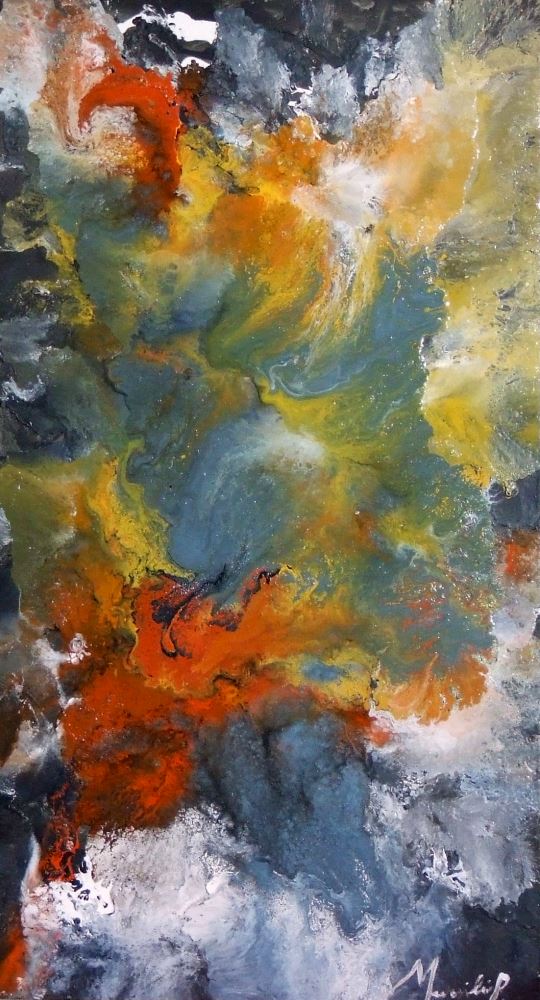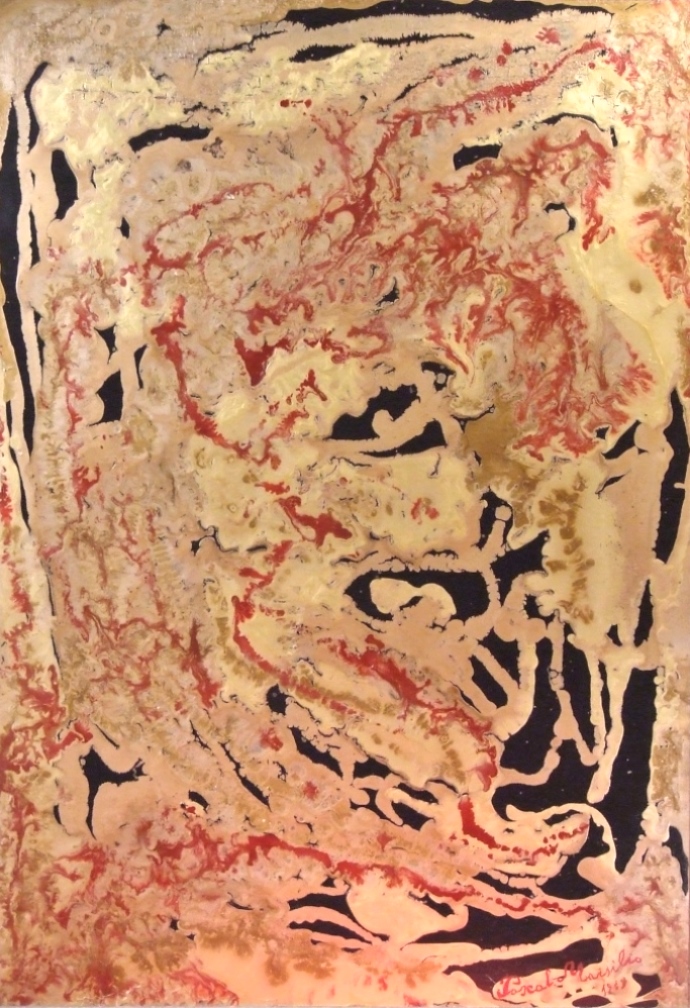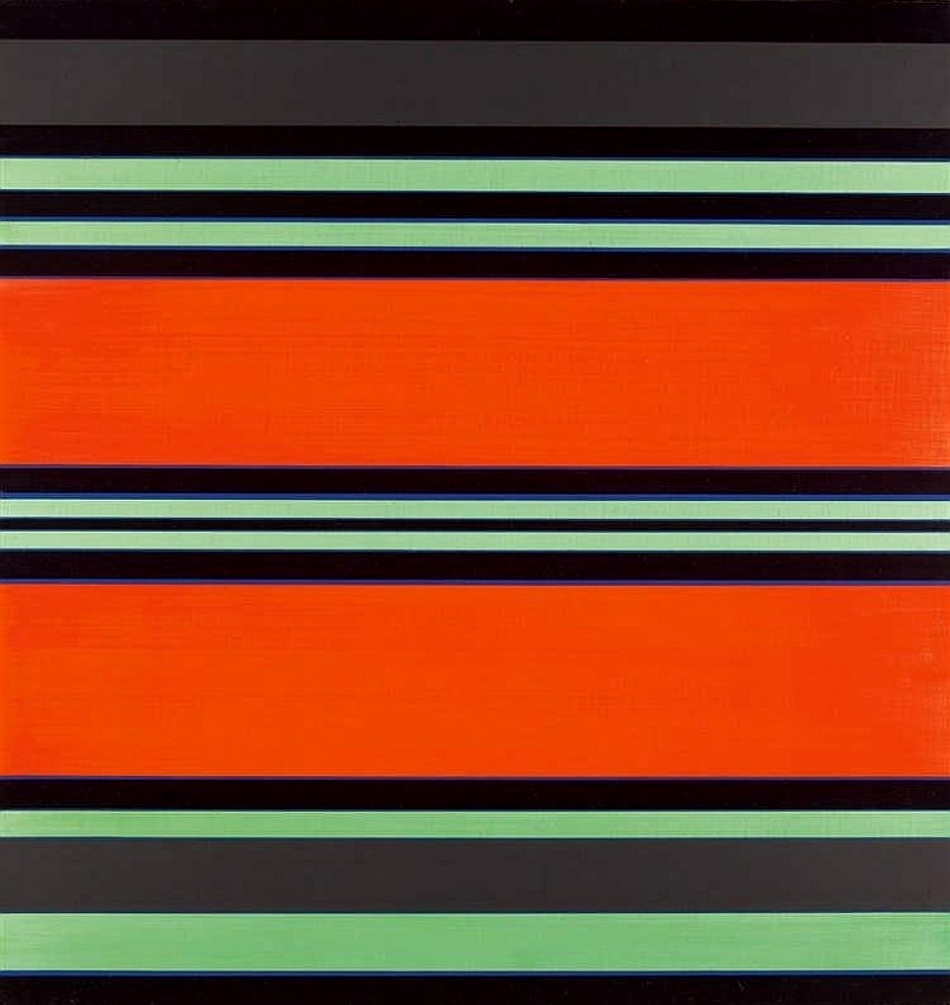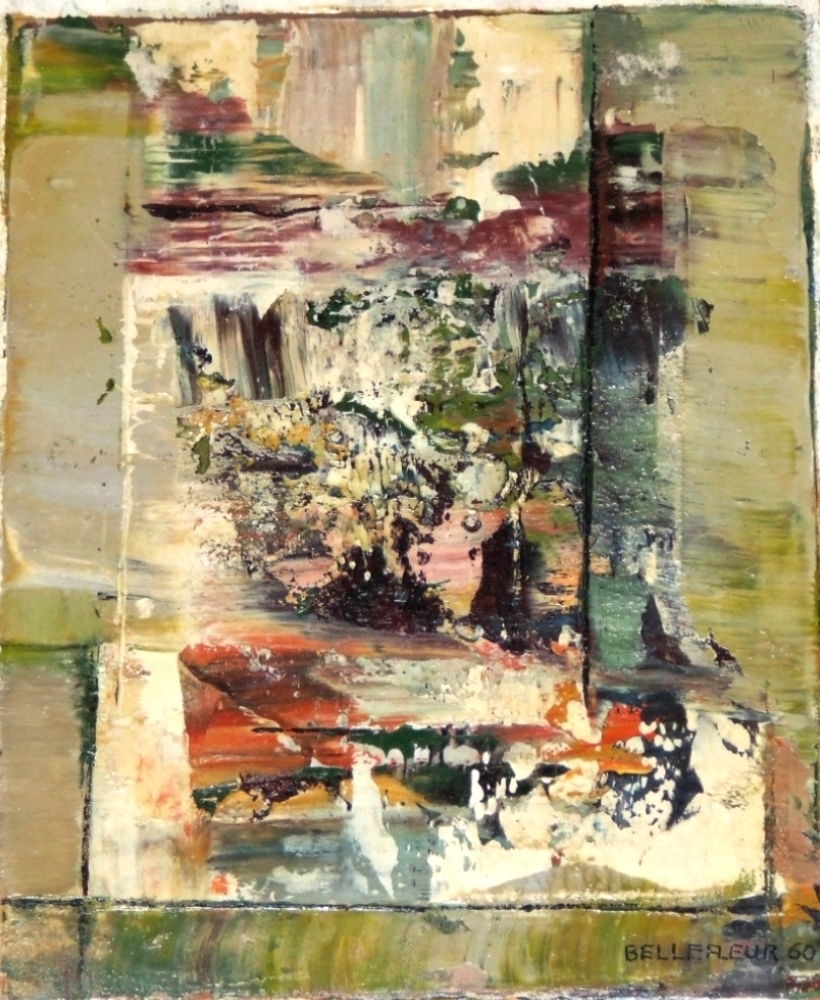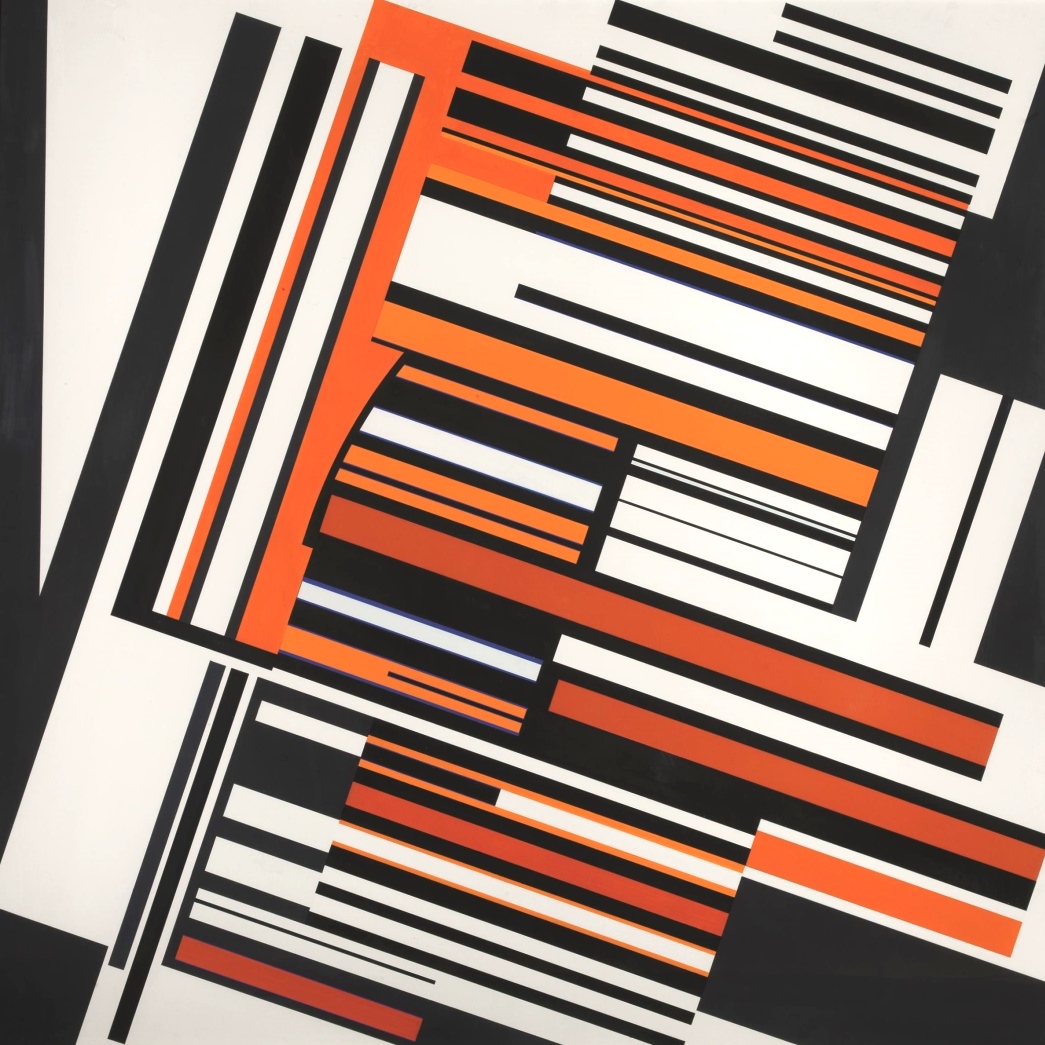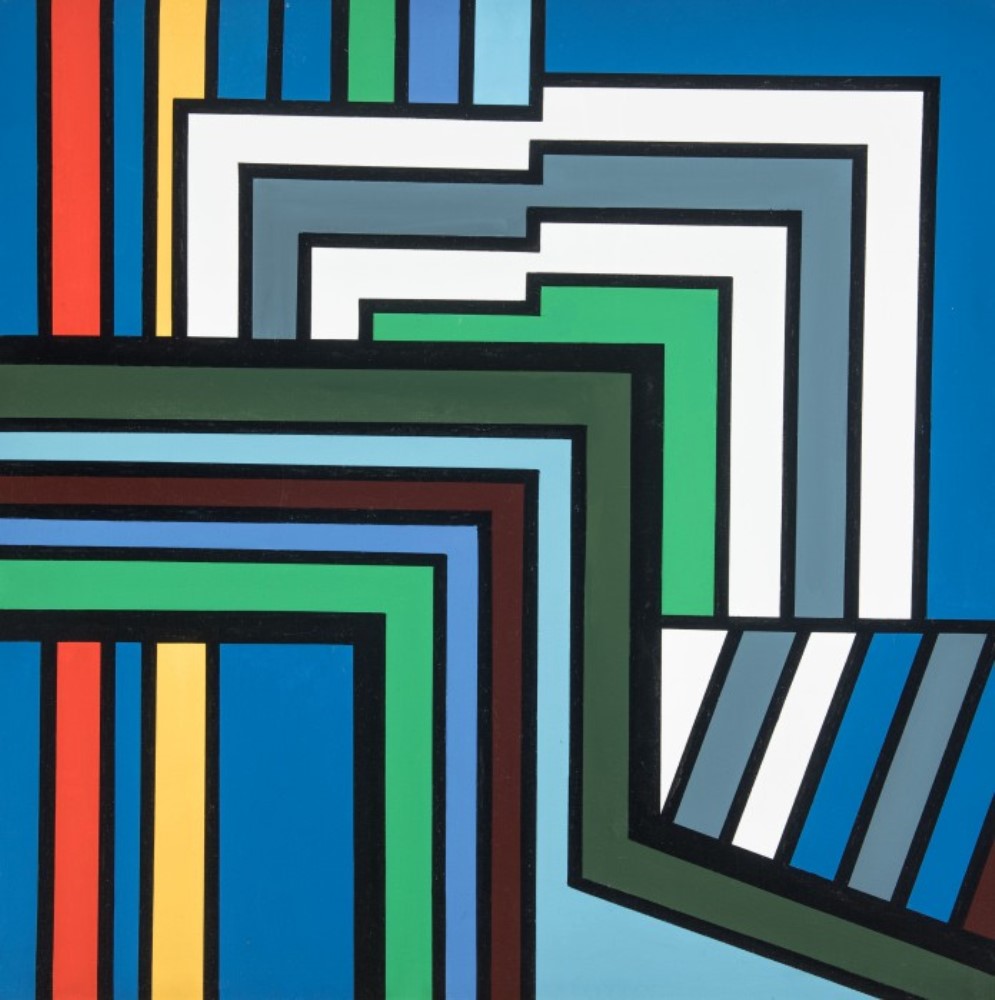ABSTRACT ART MOVEMENTS
Geometric abstraction
Geometric abstraction is a form of abstract art based on the use of geometric forms sometimes, though not always, placed in non-illusionistic space and combined into non-objective (non-representational) compositions. Although the genre was popularized by avant-garde artists in the early twentieth century, similar motifs have been used in art since ancient times.
Geometric abstraction is present among many cultures throughout history both as decorative motifs and as art pieces themselves.
Islamic art, in its prohibition of depicting religious figures or depict anything figurative, is a prime example of this geometric pattern-based art, which existed centuries before the movement in Europe and in many ways influenced this Western school.
Aligned with and often used in the architecture of Islamic civilisations spanning the 7th century-20th century, geometric patterns were used to visually connect spirituality with science and art, both of which were key to Islam thought of the time.
Throughout 20th-century art historical discourse, critics and artists working within the reductive or pure strains of abstraction have often suggested that geometric abstraction represents the height of a non-objective art practice, which necessarily stresses or calls attention to the root plasticity and two-dimensionality of painting as an artistic medium. Thus, it has been suggested that geometric abstraction might function as a solution to problems concerning the need for modernist painting to reject the illusionistic practices of the past while addressing the inherently two dimensional nature of the picture plane as well as the canvas functioning as its support. Wassily Kandinsky, one of the forerunners of pure non-objective painting, was among the first modern artists to explore this geometric approach in his abstract work. Other examples of pioneer abstractionists such as Kasimir Malevich and Piet Mondrian have also embraced this approach towards abstract painting. Mondrian’s painting “Composition No. 10” (1939–1942) clearly defines his radical but classical approach to the construction of horizontal and vertical lines, as Mondrian wrote, “Constructed with awareness, but not with calculation, led by high intuition, and brought to harmony and rhythm.”
Just as there are both two-dimensional and three-dimensional geometries, the abstract sculpture of the 20th century was of course no less affected than painting by geometricizing tendencies. Georges Vantongerloo and Max Bill, for example, are perhaps best known for their geometric sculpture, although both of them were also painters; and indeed, the ideals of geometric abstraction find nearly perfect expression in their titling (e.g., Vantongerloo’s “Construction in the Sphere”) and pronouncements (e.g., Bill’s statement that “I am of the opinion that it is possible to develop an art largely on the basis of mathematical thinking.”)
!!! – Expressionist abstract painting, as practiced by artists such as Jackson Pollock, Franz Kline, Clyfford Still, and Wols, represents the opposite of geometric abstraction. -!!!
Artists who have worked extensively in geometric abstraction present on our site …
Richard Anuszkiewicz
Willi Baumeister
Vera Molnár
Victor Vasarely
Tachisme
Art movement
Tachisme derived from the French word tache wich means ‘’stain’’. In English also spelled: Tachism.
This art movement is a French style of abstract painting popular in the 1940s and 1950s. The term is said to have been first used with regards to the movement in 1951. It is often considered to be the European equivalent to abstract expressionism, although there are some stylistic differences. Maybe American abstract expressionism tended to be more aggressive, less delicate, but that’s discussable, like always art is never been an exact science and many interpretations can work. As you can put forward is that the movement was part of a larger postwar movement known as Art Informel, but maybe Tachism is closer to a bigger European family called Abstraction lyrique or in English Lyrical or lyric abstraction and you can add to those movements also the semi-figurative artworks and scribbling reminiscent calligraphic artworks of the Cobra group as in Japan the Gutai group.
The point here is that it was all a counter reaction to the other big abstract art movements of Geometric abstraction, including even Cubism and Constructivism.
So the Informel but more precise the lyric abstractions are a more intuitive form of expression. A sort of raw and spontaneous action of the creation proses like in counterpart the more ‘’aggressive’’ North American action paintings and drippings of the big abstract expressionism family.
To make it simple you could say that Abstract expressionism for North America is what Lyric Abstraction is for Europe, and sometimes even placed under and in the School of Paris (École de Paris) after World War II.
Abstract surrealism
Abstract Surrealism is a trend in surrealist painting, characterized by the application of pure “automatic” aiming to eliminate any figurative representation, which allows the artist to invent his own figurative universe.
Appeared around 1920, this current spread in Europe. We can cite Joan Miró, from 1924 in Spain, André Masson and Max Ernst for part of their production in France, and also followed in the Netherlands, the United States and Germany.
The Chilean Roberto Matta is also representative and followed in South America. Many of these artists found refuge in the United States because of Nazism and World War II, which influenced the emergence of Abstract Expressionism in New York City in the 1940s.
